How do you fix a torch lighter
Introduction
As a cigar lover, there’s nothing quite like the moment you light up a fine cigar, whether it’s at a celebratory gathering or in the calm solitude of your backyard. But when my torch lighter decides to give me grief, the excitement quickly turns into frustration. My heart races as I frantically try to figure out why it won’t light and how to fix it. In this article, I’ll walk you through the common issues that plague torch lighters and guide you step-by-step on how to fix them, ensuring you’ll never find yourself in a lighter crisis again.
Why is My Lighter Not Working?
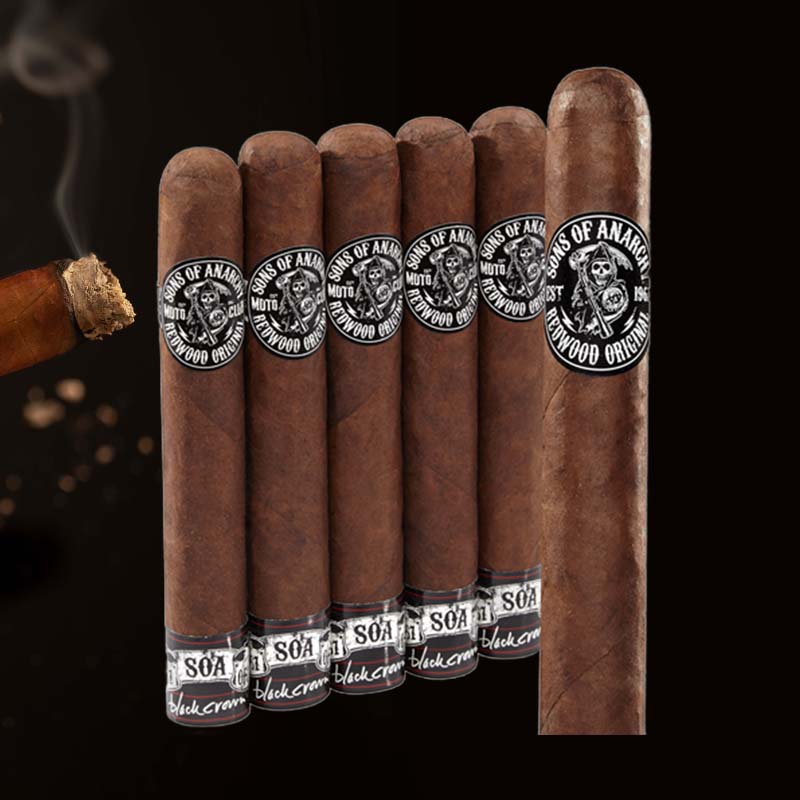
Common Signs of a Malfunctioning Torch Lighter
- No flame or weak flame when ignited.
- Fuel leaks noticeable by sound or smell.
- Inconsistent ignition or frequent sputtering.
- Obvious signs of dirt or blockage at the nozzle.
- Trouble adjusting the flame height.
Common Issues with Torch Lighters

Identifying Problems That Prevent Lighting
One of the most daunting feelings is realizing your torch lighter won’t ignite. When this happens, I usually pause to carefully assess the situation, checking for fuel levels and signs of wear. It’s crucial to identify the root issue before diving deeper into fixes.
Lighter Sparks but Won’t Light

Troubleshooting Ignition Issues
If the lighter sparks but doesn’t ignite, it’s often due to a couple of critical components not doing their jobs. I usually inspect the ignition mechanism and ensure it’s clean and functioning. A quick clean-up might be all that’s needed!
Weak Flame
Possible Causes of a Weak Flame
A weak flame is one of the most common complaints I hear. The causes can usually be pinpointed to:
- Low fuel levels.
- Clogged jets preventing full fuel movement.
- Incorrect flame height settings.
Leaks in Your Torch Lighter

Detecting and Fixing Fuel Leaks
Knowing how to detect fuel leaks can save both time and resources. I often listen for hissing sounds or feel for a cool gas when checking my lighter. If a leak is found, depress the valve carefully and let it dissipate before making any repairs.
Out of Fuel
How to Refill Your Torch Lighter Correctly
It may sound basic, but it’s critical! If I suspect my lighter is functioning but lacks flame, I simply refill it. Here’s my go-to method:
- Choose high-quality butane compatible with your lighter.
- Turn the lighter upside down.
- Insert the nozzle of the butane canister into the refill valve.
- Press down firmly until you feel resistance—usually around 5-10 seconds.
Unclean Lighter Components

Importance of Cleaning the Ignition and Jets
Regular maintenance is a game-changer. I always make sure to clean the ignition area and jets with a small brush or compressed air to eliminate any blockages that could impede performance.
Dampness and Humidity Effects
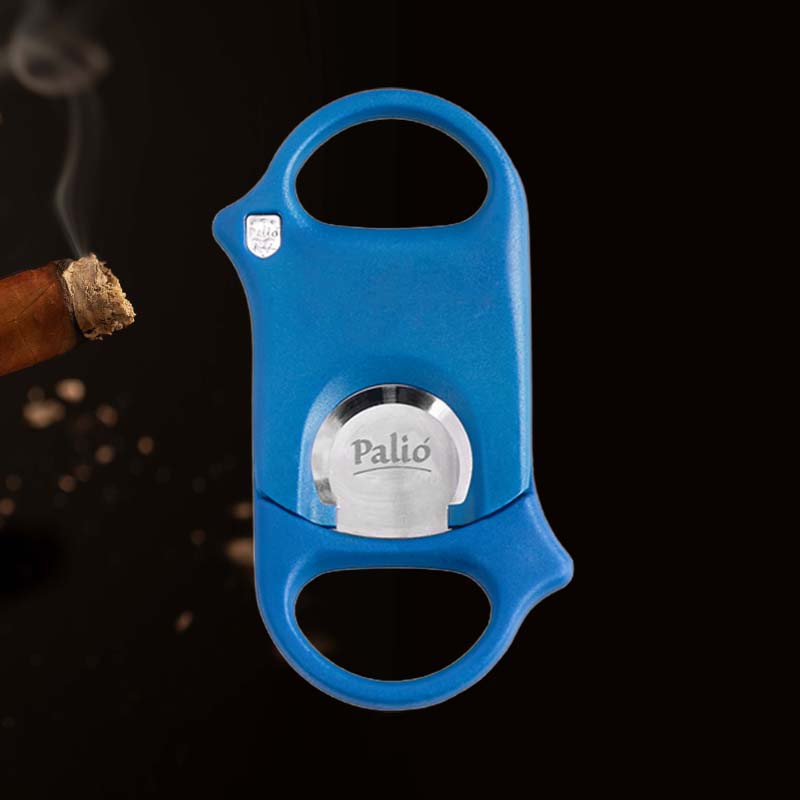
How to Dry Your Lighter and Prevent Moisture Issues
Humidity can wreak havoc on your lighter. If dampness strikes, I recommend letting the lighter sit in a dry environment for a while. In extreme cases, placing it on a warm, dry towel can speed up the process.
Adjusting the Flame Height
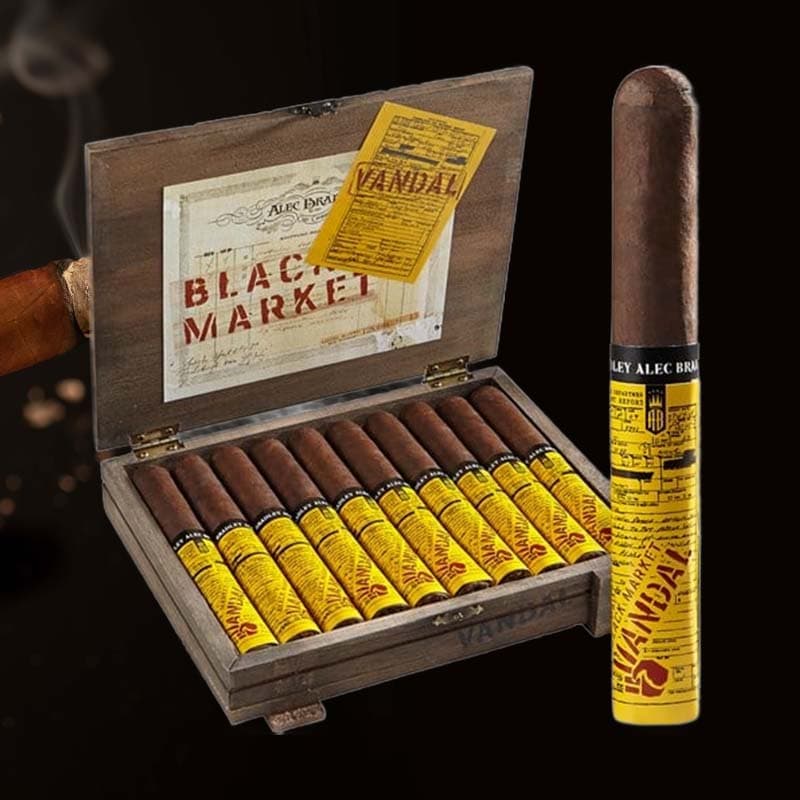
Steps to Ensure the Correct Flame Setting
Setting the flame to the optimal height is essential. To adjust:
- Locate the flame adjustment dial (usually at the bottom).
- Turn it slowly to find the desired height.
- Test the flame before making any further adjustments.
How to Prevent Lighter Problems
Maintenance Tips for Longevity
Prevention is better than cure! Here are my tips:
- Store your lighter in a cool, dry place.
- Refill with quality butane regularly.
- Clean components frequently.
- Inspect for leaks or damage before each use.
Effective Solutions for Fixing Torch Lighters

Step-by-Step Guide to Common Fixes
Should the need arise to troubleshoot, I often follow these steps:
- Check fuel levels.
- Inspect for fuel leaks.
- Clean the nozzle.
- Adjust flame height.
- Refill and test.
Troubleshooting Less Common Torch Lighter Problems
Advanced Troubleshooting Techniques
Some issues may require deeper investigation, like examining the ignition electrode for damage or electrical issues. In such cases, I usually consider replacing parts or consulting a professional.
Conclusion: Master Your Torch Lighter

Final Thoughts on Care and Maintenance
Learning to fix and maintain your torch lighter opens up a world of enjoyment in your cigar journey. I encourage you to employ the tips I shared, as they have truly transformed my lighter experience.
Frequently Asked Questions

Common Inquiries About Fixing Torch Lighters
Here’s a collection of FAQs that may address your concerns:
What Causes a Torch Lighter to Stop Working?
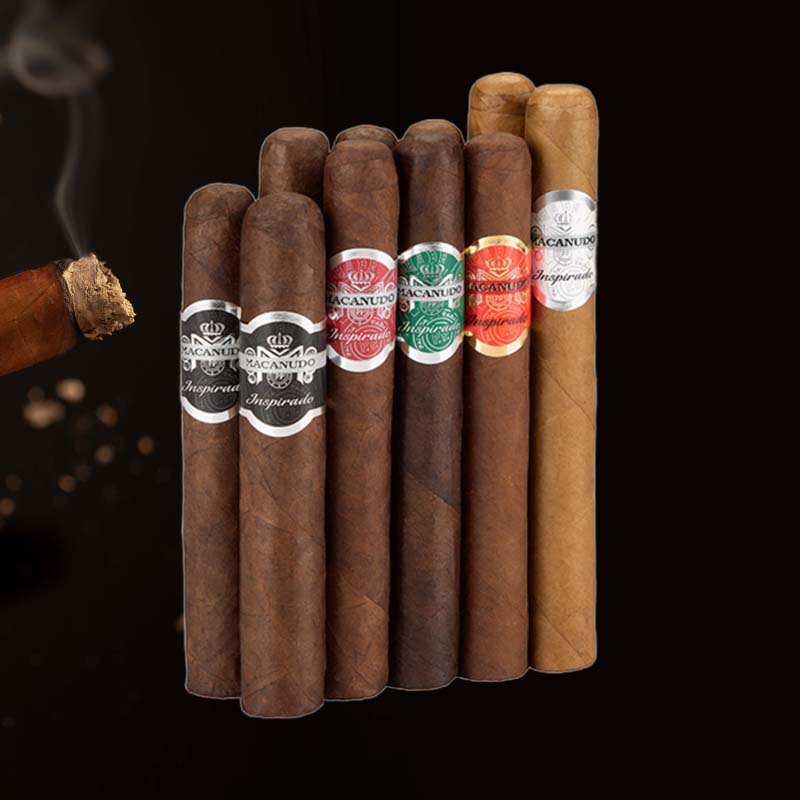
Most commonly, insufficient fuel, clogs, or worn components can lead to a torch lighter failing to operate. Troubleshooting such issues can usually revive its utility.
How Do You Fix a Torch Lighter That Won’t Spark?
If it’s not sparking, check the ignition mechanism for debris or wear. Sometimes, simply cleaning the area or replacing parts can get it back in action.
Why is My Torch Lighter Not Releasing Butane?

A clogged nozzle or faulty valve can prevent butane from releasing. Clearing blockages or replacing the valve usually resolves the issue.
Why is My Butane Lighter Not Igniting?
Common reasons include empty fuel, a faulty spark mechanism, or blockages. Addressing these will often restore functionality.
Key Takeaways

Summarizing the Essential Repair Tips
Understanding the workings of my torch lighter allows me to effectively troubleshoot and maintain it, preventing a future mishap. Regular cleaning, refueling, and adjustments go a long way.
Resources for Cigar Enthusiasts
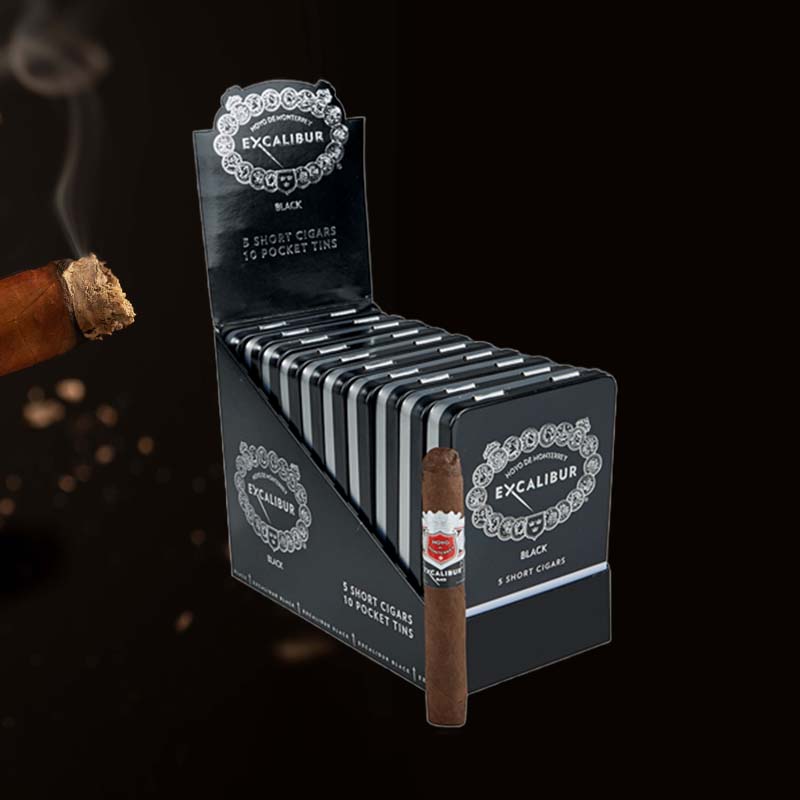
Further Reading and Product Recommendations
For those keen on diving deeper, I recommend checking out cigar forums and manufacturer websites. They often provide insights and tips that are invaluable for enthusiasts.





